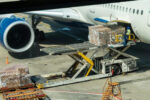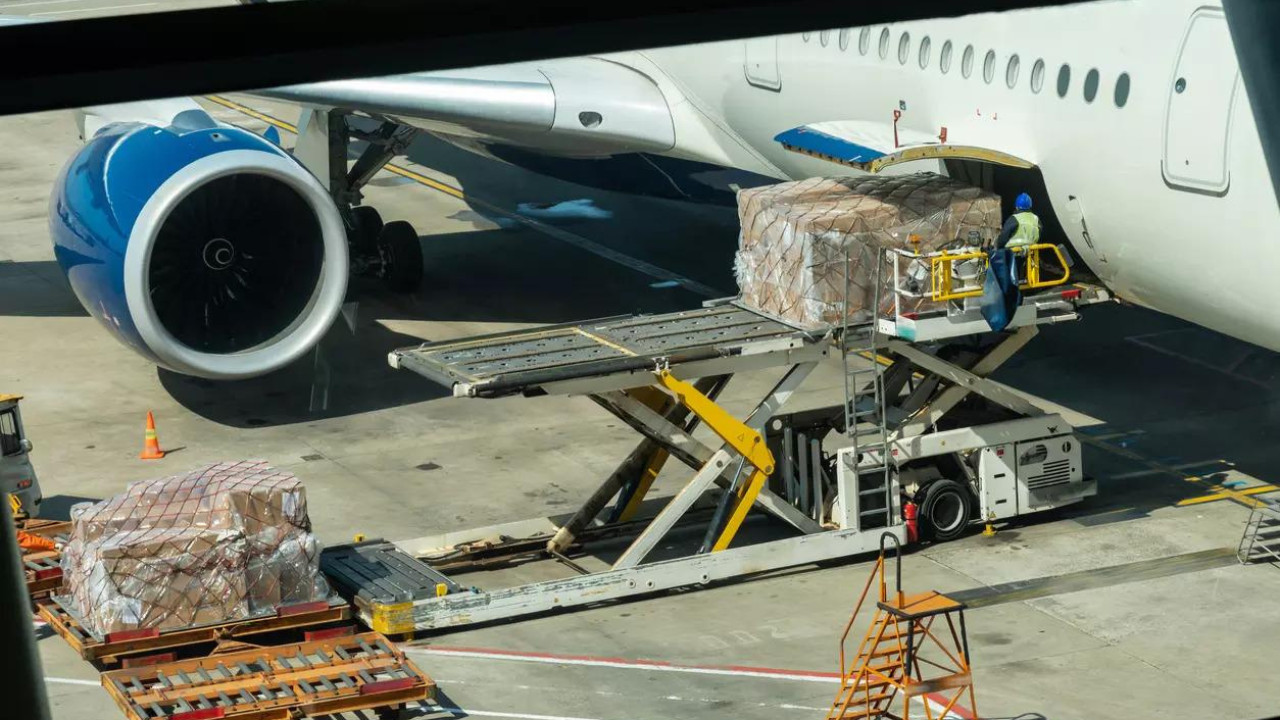Air India’s chief, Campbell Wilson, addressed employees, assuring them that operational incidents like go-arounds are normal given the airline’s scale. He emphasized the airline’s commitment to transparency in reporting incidents to build trust, despite increased news coverage. Wilson highlighted ongoing improvements in performance, including on-time performance and baggage handling, alongside empowering frontline teams to resolve customer service shortfalls.
Navigating the Skies: Understanding Flight Go-Arounds and Returns to Bay
Ever been on a flight where, just as you thought you were about to touch down, the engines roared back to life and the plane climbed again? Or perhaps your plane taxied all the way back to the gate after you thought you were departing? It can be unsettling, even a little scary, especially if you’re not sure what’s going on. But here’s the reassuring truth: these maneuvers – known as go-arounds and returns to bay – are actually entirely normal and, more importantly, prioritize your safety.
Recently, there’s been chatter about an apparent increase in these occurrences. Air India chief Campbell Wilson addressed these concerns directly, emphasizing that these procedures are a routine part of aviation safety protocols. Rather than signaling a problem, they demonstrate a proactive commitment to passenger well-being.
Why Flights Might Abort a Landing: Decoding the Go-Around
A go-around is a rejected landing. Instead of touching down, the pilots increase thrust and circle back for another approach. Several factors can trigger this decision, and they all boil down to ensuring a safe landing.
Imagine this: a sudden gust of wind throws the aircraft off course just moments before touchdown. Or perhaps another aircraft or vehicle unexpectedly appears on the runway. Maybe the pilots aren’t completely satisfied with the alignment of the aircraft, or they don’t have full visual confirmation of a clear runway. Any of these scenarios, and many more, could lead to a go-around. It’s a calculated decision made by the flight crew, often in consultation with air traffic control, to reassess the situation and attempt the landing again under more favorable conditions.
Modern aircraft are equipped with sophisticated instruments that provide pilots with a wealth of information about their approach. They continuously monitor parameters like airspeed, altitude, and wind shear. If any of these factors fall outside acceptable limits, a go-around is the safest course of action. Think of it like a well-trained athlete choosing to restart a race rather than risk an injury – the priority is always safety and a successful outcome.

Returns to Bay: When Departure is Delayed
A return to bay, also sometimes called a “gate return,” happens when a flight, after leaving the gate, returns to its parking position. This can happen for a variety of reasons, most often involving minor maintenance issues, passenger-related concerns, or unexpected logistical hurdles.
For instance, a passenger might experience a medical emergency before takeoff, requiring immediate attention. Perhaps a last-minute discrepancy is discovered in the paperwork, or a piece of equipment malfunctions during taxiing. A return to bay allows the crew to address these issues safely and efficiently on the ground, minimizing disruption and ensuring that the flight can proceed with confidence. Think of it as a pit stop before the real race begins.
Context is Key: Understanding Air India’s Perspective
Campbell Wilson’s comments are particularly relevant given the scrutiny airlines face regarding safety and operational efficiency. By openly addressing concerns about increased go-arounds and returns to bay, Air India aims to foster transparency and rebuild trust with passengers. His message is clear: these procedures aren’t indicative of systemic problems, but rather a testament to the airline’s unwavering commitment to safety. He also highlights the importance of understanding the nuances of aviation, where safety protocols often require precautionary measures that might seem inconvenient but are ultimately essential.
The airline industry operates under incredibly strict regulations and safety standards. Every flight is a complex operation involving countless checks and balances. When a go-around or return to bay occurs, it is a sign that these systems are working as intended, catching potential issues before they can escalate.
It’s also worth remembering that reporting practices can influence perceptions. Increased scrutiny and reporting of these events might create the impression of a spike, even if the actual frequency remains within normal parameters.
Beyond the Headlines: The Bigger Picture of Aviation Safety
So, the next time you experience a go-around or return to bay, try to view it as a positive sign. It signifies that the crew is vigilant, the systems are functioning correctly, and your safety is the paramount concern. These procedures might add a few minutes to your journey, but they underscore the dedication of airlines and aviation professionals to ensuring that every flight is as safe as possible. You might also be interested in learning more about airline safety records and how they are evaluated. This can further alleviate any concerns you might have about air travel.
Ultimately, flight go-arounds and returns to bay underscore the multifaceted approach to aviation safety. These aren’t signs of danger, but rather demonstrations of careful risk management that prioritize passenger well-being above all else. Understanding this can transform a potentially unsettling experience into one of reassurance.






